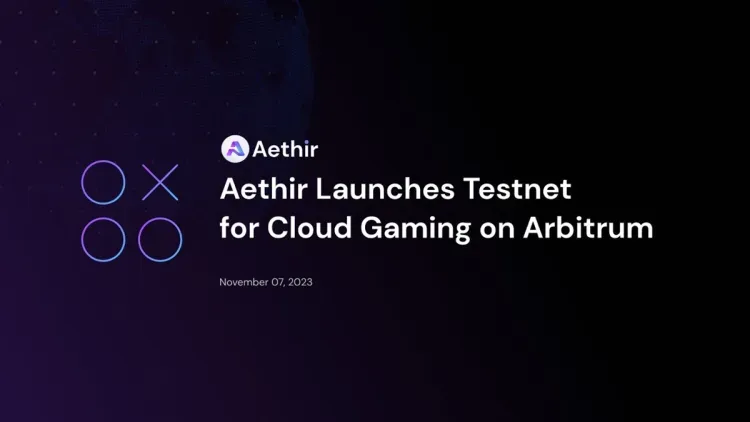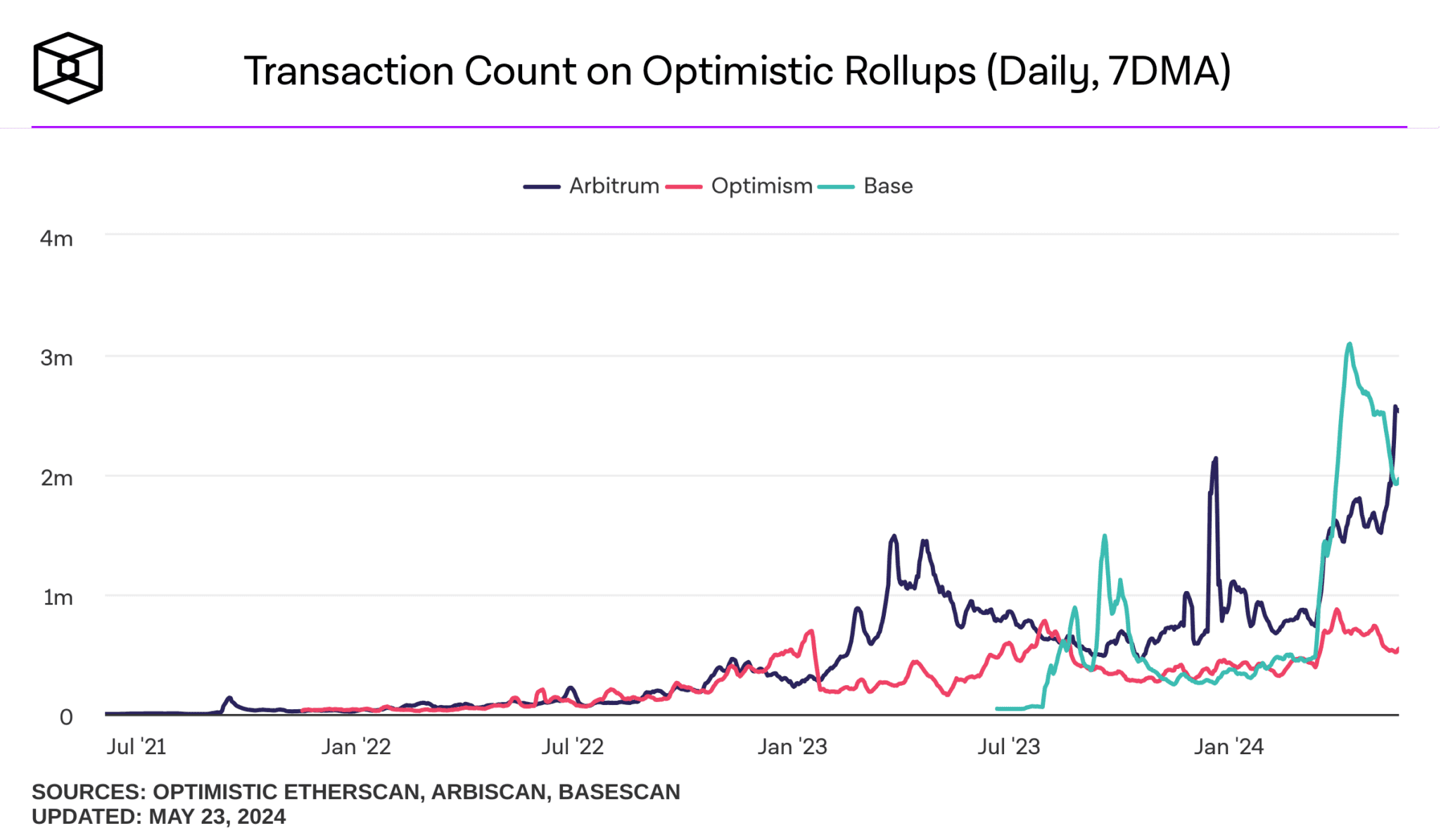Getting started in the blockchain ecosystem can often feel complex due to the number of networks, tokens, and protocols involved. For users interested in using Arbitrum One, understanding how to move assets to and from this Layer 2 network is essential. Although the process may seem challenging at first, it becomes manageable with a clear understanding of how bridging works.
How to Bridge Tokens To and From Arbitrum One?
What is Bridging?
Bridging refers to the process of transferring cryptocurrency from one blockchain network to another. Since Arbitrum One is a Layer 2 scaling solution built on Ethereum, a bridge is needed to transfer tokens between Ethereum and Arbitrum One. Bridges help facilitate this transfer by ensuring that assets are properly accounted for across both networks. There are two main types of bridges: native bridges, such as the official Arbitrum Bridge, and third-party bridges, which may offer different performance characteristics such as lower fees or faster processing times.
The bridging mechanism operates by locking tokens on the source network and creating an equivalent representation on the destination network. For instance, when a user bridges ETH from Ethereum to Arbitrum One, the ETH on Ethereum is locked, and an equal amount is minted on Arbitrum One. This method ensures that the total supply remains consistent and tokens are not duplicated across networks.

Bridging From Ethereum to Arbitrum One
How to Begin the Process?
To begin the process of bridging to Arbitrum One using the official Arbitrum Bridge, users first need to access the Arbitrum Bridge interface and connect their cryptocurrency wallet. Once the wallet is connected, users can select the specific token they wish to bridge, such as ETH, ARB, or USDC, and enter the amount they intend to transfer.
After selecting the token and amount, users must approve the transaction and pay any applicable gas fees. These fees are charged by the network being used for the transaction, most commonly Ethereum, and can vary depending on network congestion. To minimize costs, it is generally advised to bridge assets during periods of lower activity on the Ethereum network.
Once the transaction is confirmed, the bridged tokens will appear on Arbitrum One. The transfer typically completes within minutes, depending on network conditions and the type of token being moved. The process of moving tokens from Arbitrum One back to Ethereum is similar to bridging to Arbitrum.
Users must initiate the transfer through the Arbitrum Bridge, connect their wallet, choose the token and amount, and approve the transaction. However, it is important to note that bridging tokens from Arbitrum One to Ethereum includes a standard delay of seven days before the assets become available on Ethereum. This delay is a security measure designed to protect the integrity of the Layer 2 network and its interactions with Ethereum.

Bridging From Arbitrum One to Ethereum
Final Thoughts
Bridging assets to and from Arbitrum One is a necessary step for users who want to take advantage of its faster transaction speeds and lower costs compared to Ethereum. Whether using the official Arbitrum Bridge or a third-party alternative, the process follows a clear and structured path that ensures the secure and accurate transfer of tokens. Additional information is available through the official Arbitrum documentation for users seeking further clarification or in-depth instructions. Understanding the bridging process contributes to a more efficient and confident experience in the broader web3 environment.



